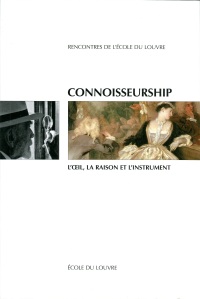During the first half of the seventeenth century, successive shahs of Persia took Dutch artists into their service. Other Dutch artists are recorded in Isfahan in other capacities. All but one – the most remarkable of them, Jan Lucasz. van Hasselt – came east with the Dutch East India Company, which had a distinctly uncomfortable feeling about having artists in its employ. All that we have left are documents and stories.
From exhib. cat. The fascination of Persia: The Persian-European dialogue in seventeenth-century art & contemporary art of Teheran, ed. Axel Langer, Zürich (Museum Rietberg) and Verlag Scheiddeger & Spiess 2013, pp. 153-167
Download pdf (1 MB)
Bibliography (1 MB)
German edition
“Zwischen Hof und Handelsgesellschaft: Niederländische Künstler in Persien,” in Ausstellungskatalog Sehnsuch Persien: Austausch und Rezeption in der Kunst Persiens und Europas im 17. Jahrhundert * Gegenwartskunst aus Teheran, herausgegeben von Axel Langer, Zürich (Museum Rietberg) und Verlag Scheiddeger & Spiess 2013, S. 153-167
Download pdf (1 MB)
Literatur (1 MB)
The illustrations are in low resolution.
